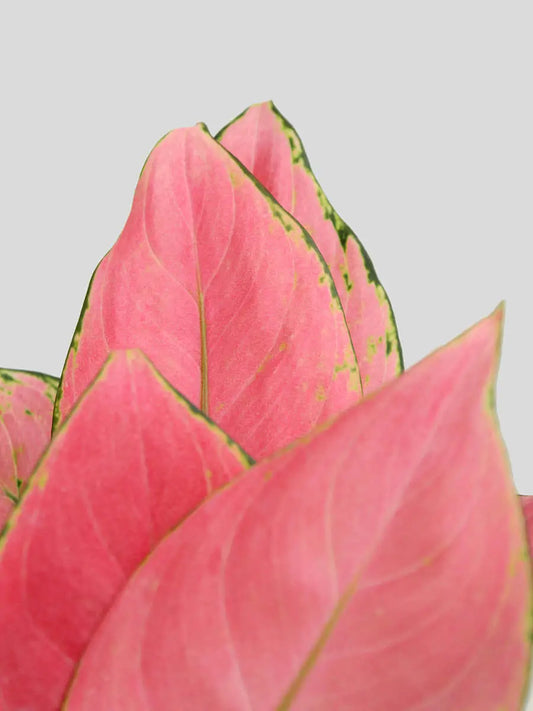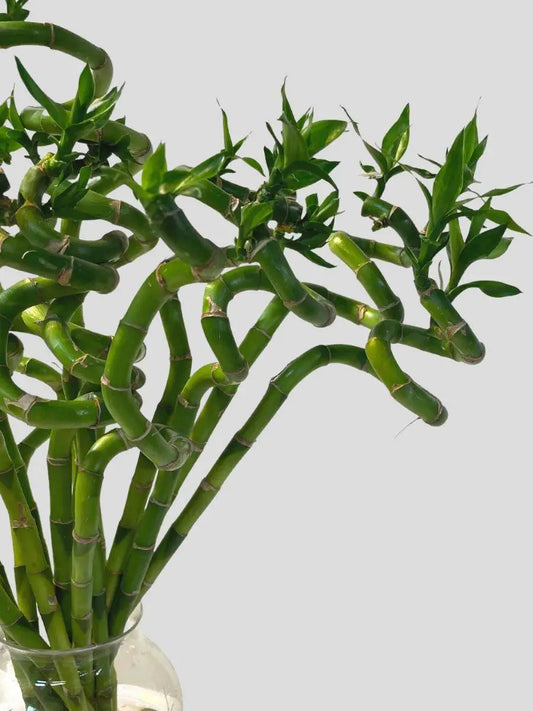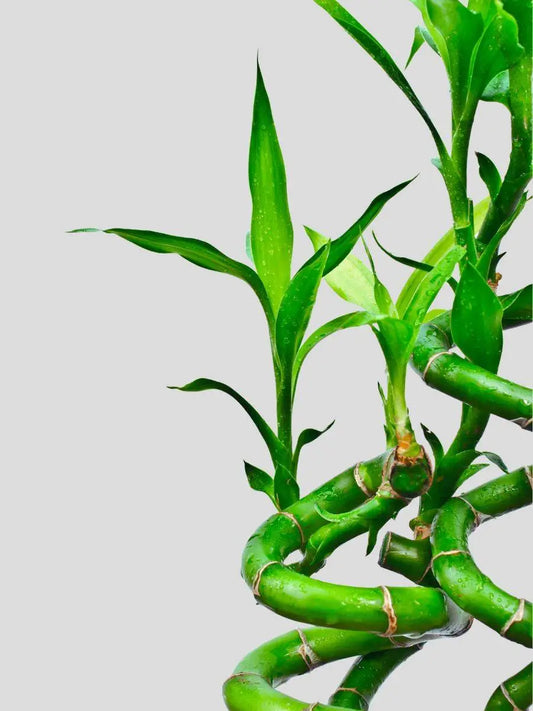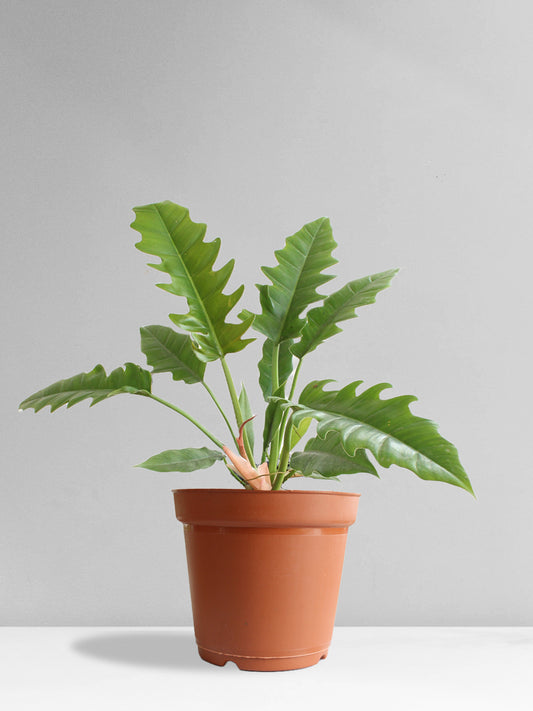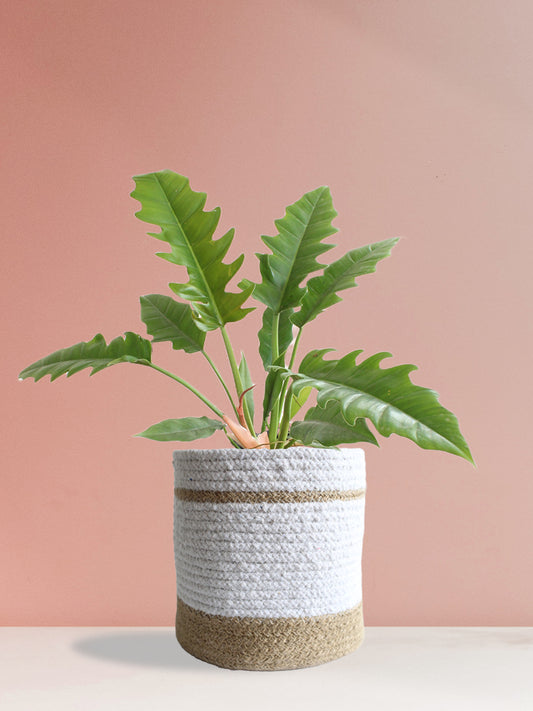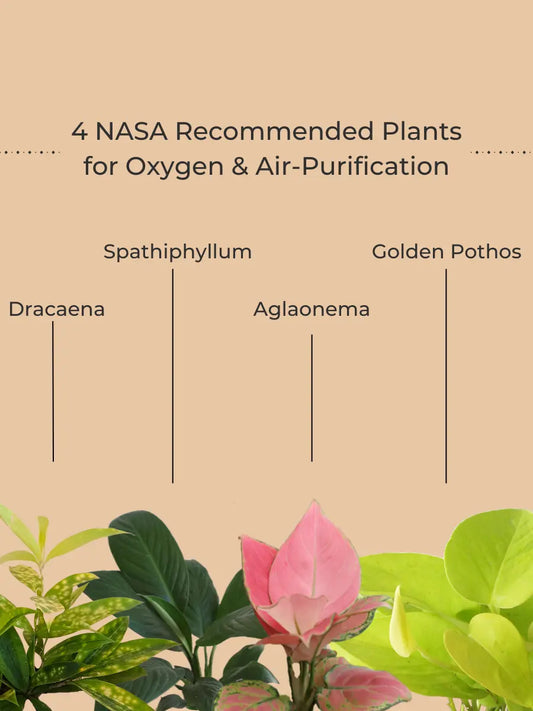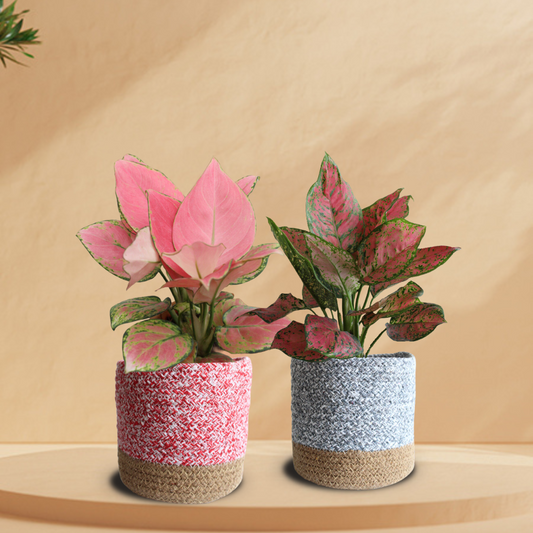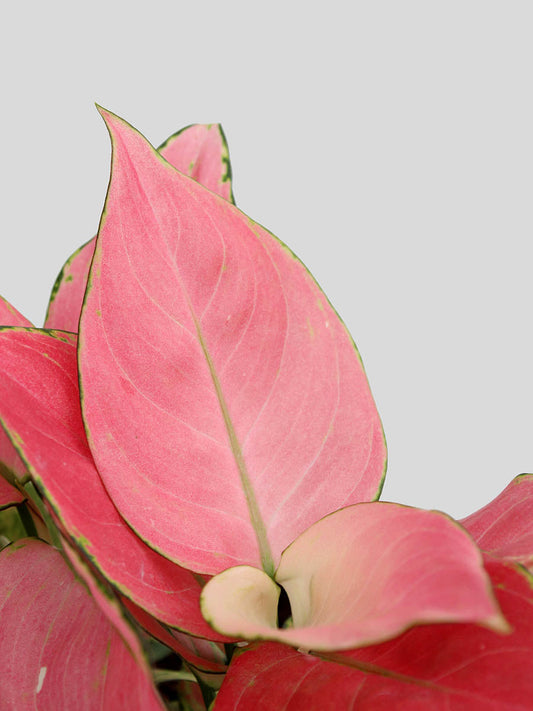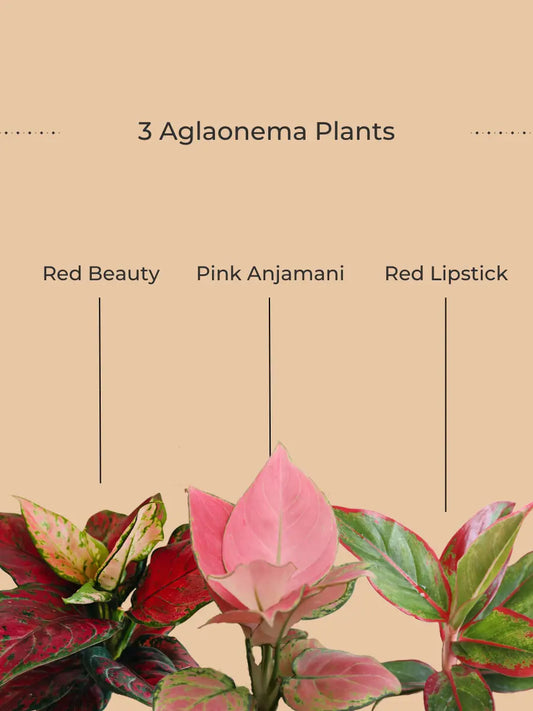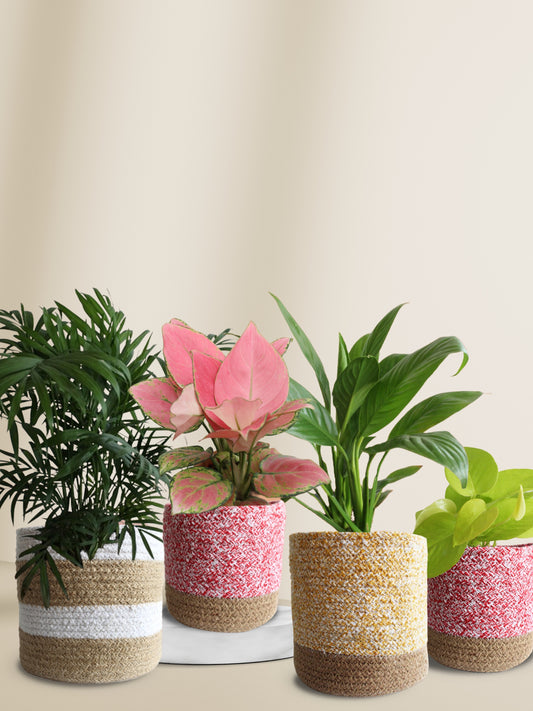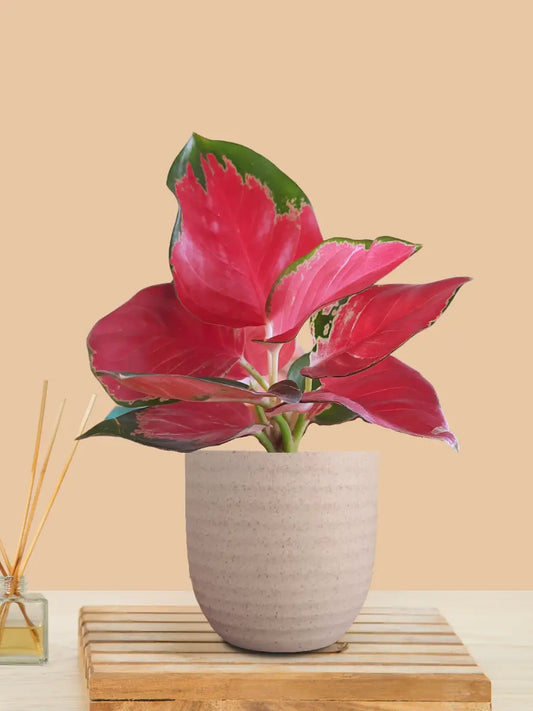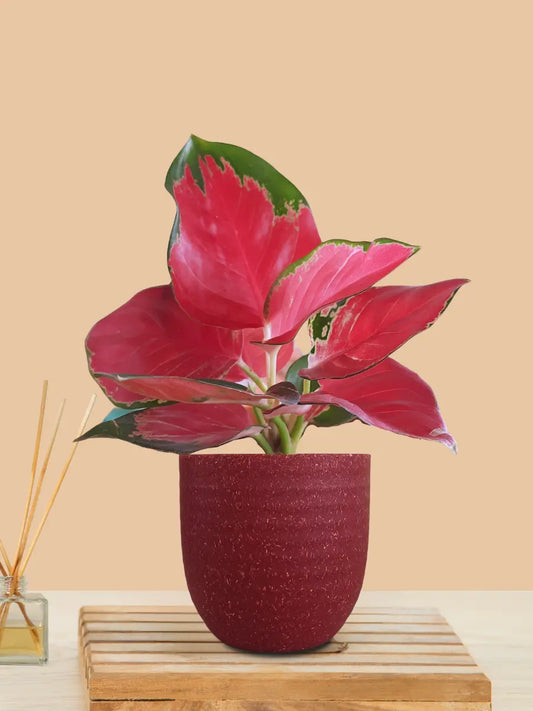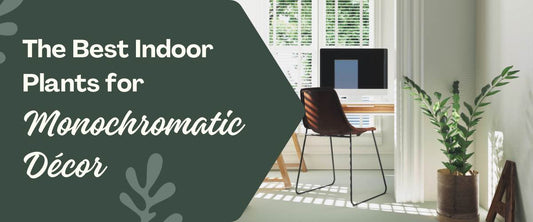How to Care for Rubber Plant Burgundy
With its glossy green leaves and a tree-like majestic appearance, Rubber Plant Burgundy is sure to make an attractive addition to your living room. Also called Ficus Elastica, its signature burgundy-deep green leaves are the eye-grabbing elements of this plant. Given their size, they can instantly fill your space with life and bring an outdoor-like ambiance indoors.
For someone who appreciates the joy of gardening, and has a little experience in handling a variety of houseplants, Rubber Plant Burgundy appears easy to care for. But it’s not the best choice for an absolute beginner. It might take a while for you to understand the requirements of this gorgeous plant.
Want to learn how to care for the Rubber Plant Burgundy plant? To simplify that, let’s tackle some of the most common questions you might have about Rubber Plant Burgundy. We have all the answers right here.
[product=rubber-plant-burgundy-xlarge]
Buy this statement indoor plant with aesthetic brown/burgundy foliage. Its unique foliage makes it a stunning decor in your home.
[/product]
How should you propagate Rubber Plant Burgundy?

To propagate Rubber Plant Burgundy:
- Rubber Plant Burgundy can be propagated via stem cuttings. But in this case, you should choose a section with 4 or more healthy leaves and enough healthy nodes for the roots to appear.
- Another slightly more complex option for propagation, suitable for those with good experience in gardening, will be air layering.
- Irrespective of the propagation method you choose, schedule propagation during summer. In winter when the growth slows down, it might be difficult for the mature plant to recover and for the new cutting to grow and adapt in its new pot.
Also Check This: Top 10 Most Expensive House Plants In The World
Is Rubber Plant Burgundy easy to care for?

The following recommended maintenance steps for the Rubber Burgundy Care Guide include:
1. Sunlight Needs:

Give it ample morning light, protect it from direct sunlight, especially in the afternoon and the plant will thrive. A brightly lit indoor spot or a shaded to partially shaded outdoor spot is the best choice for Rubber Plant Burgundy.
But keep in mind that the plant loves indirect light as direct light can scorch the leaves and make them lose their sheen.
2. Temperature Maintenance:
What temperature range can Rubber Plant Burgundy tolerate? Rubber Plant Burgundy does well in moderate to warm temperatures in the range of 15-32 °C. As a warmth-loving plant, it might need some protection from cold winds if you have placed the plant outdoors.
3. Watering Routine:
It’s enough to water Rubber Plant Burgundy once or twice a week. Keeping Rubber Plant Burgundy slightly moist should be your focus. Monitor it closely to see if it needs more water especially once the temperatures are soaring.
But be mindful of the drainage in the pot and avoid overwatering it.
4. Proper Humidify:

Maintaining a humidity level of at least 40-50% with a humidifier, mist or water tray near Rubber Plant Burgundy foliage prevents leaf browning and promotes health and vibrancy.
Also Check This: Benefits of Rubber Plant
5. Growth Potential Knowledge:
How big does Rubber Plant Burgundy get? While growing outside, in its natural habitat, Rubber Plant Burgundy grows into a gigantic tree reaching heights of about 50 to 100 feet. But indoors, the growth depends on the amount of light and care you give it. Depending on the growth rate you might also have to switch the pots to accommodate the growing root system.
6. Fertilization Timing:
In general, Rubber Plant Burgundy is not a heavy feeder and needs to be fertilized only once in three months. During the active growing months or when you have pruned or propagated the plant, adding a mild fertilizer helps support new growth. And during winter, the plant does not need any fertilization.
7. Safety Understanding For Pets:
Rubber Plant Burgundy is mildly toxic to dogs and cats. And the sap from cuttings might cause skin irritation. Remember to wear gloves and handle the cuttings carefully especially when propagating the plant or pruning it.
8. Other Challenges and Troubleshooting:

Root decay can be caused by overwatering on Rubber Plant Burgundy, so it is essential to wait until the top inch of soil is completely dry before watering (every 1–2 weeks). Keep an eye out for indications of trouble, such as leaves turning yellow or falling off, which could be caused by a lack of light or pests.
Overall, Rubber Plant Burgundy requires moderate levels of care and is not often recommended for beginners considering its specific growth requirements. Also, keep in mind that the plant might need to be pruned during the warm summer months to encourage bushy growth.
Also Check This: Budget-Friendly Plant Decoration Ideas At Home: Under 15k, 10k, 5k
Conclusion
The Rubber Plant Burgundy is a beautiful and colorful addition to any interior environment due to its deep, rich burgundy leaves. The following recommended maintenance steps will ensure Rubber Plant Burgundy's ideal growth and development, adding beauty and vibrant greenery to your home or office.
FAQs
Q1. How much sunlight does Rubber Plant Burgundy need?
Ans. A brightly lit indoor spot or a shaded to partially shaded outdoor spot is best for Rubber Plant Burgundy, but indirect light is best because direct sunlight can scorch the leaves and dull them.
Q2. How often should you water Rubber Plant Burgundy?
Ans. Rubber Plant Burgundy needs just an occasional watering, keeping it lightly moist and checking for more water as temps rise. Avoid overwatering and check pot drainage.
Q3. Does Rubber Plant Burgundy need humidity?
Ans. Yes, Rubber Plant Burgundy needs high levels (40-50%) of humidity in the air to grow healthily. When the air gets dry, mist the plant occasionally.
Q4. How often should you add fertilizer to Rubber Plant Burgundy?
Ans. Rubber Plant Burgundy requires fertilization just once every 3 months during active growing months or after pruning or propagating—a little fertilizer supports new growth—but not in winter.
Q5. What should you do if Rubber Plant Burgundy's leaves are turning yellow?
Ans. The dark green leaves on Rubber Plant Burgundy are likely to turn yellow when the plant is receiving too much or too little water. So adjust the watering to overcome this problem.
Q6. What should you do if Rubber Plant Burgundy's leaves are drooping?
Ans. Rubber Plant Burgundy dislikes overwatering and underwatering. Overwatering may cause drooping leaves, so let the topsoil dry out and keep the potting mix dry.
Q7. What should you do if Rubber Plant Burgundy's leaves have dry tips?
Ans. Dry leaf tips on Rubber Plant Burgundy can be due to low humidity levels. If you suspect that the indoor air is too dry, give the plant an occasional spritz of water.



